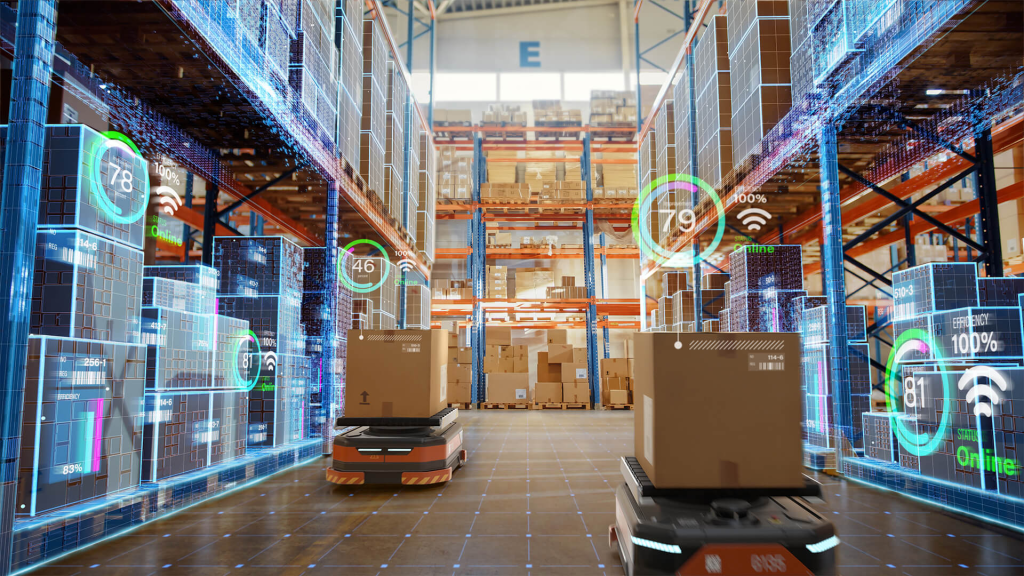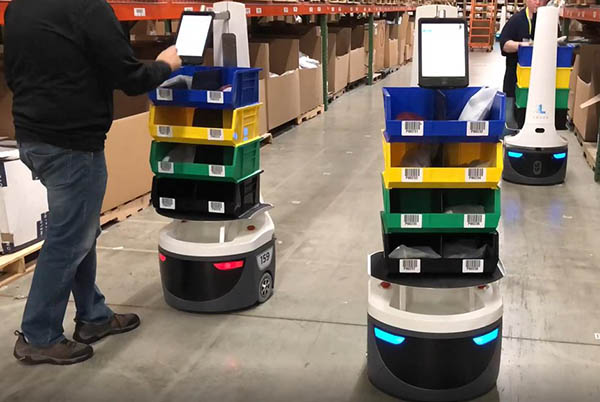How Automation Is Transforming E-commerce Warehouse Logistics
The rapid rise of e-commerce has created intense demand for faster order processing, greater accuracy, and lower operational costs in warehouse logistics. As online retailers compete to deliver goods quickly and efficiently, automation has emerged as a game-changing force in fulfillment operations. This article explores how automation transforms e-commerce warehouse logistics, the technologies involved, and the benefits for businesses and consumers.

1. The Pressure on E-commerce Fulfillment
E-commerce fulfillment involves the entire process from receiving an online order to picking, packing, and shipping it to the customer. With consumer expectations for same-day or next-day delivery increasing, traditional manual workflows struggle to keep pace. Warehouses face challenges such as:
- High order volumes during peak sales periods
- Labor shortages and rising wages
- Errors in picking and packing leading to returns and customer dissatisfaction
To overcome these issues, automation is redefining fulfillment by increasing speed, consistency, and scalability in warehouse operations.
2. Key Automation Technologies in Warehouse Logistics

2.1 Automated Storage and Retrieval Systems (AS/RS)
AS/RS are computer-controlled systems that automatically place and retrieve goods from defined storage locations. They maximize vertical space, reduce reliance on forklifts, and enable faster order processing. For e-commerce fulfillment, AS/RS allows warehouses to handle thousands of SKUs efficiently with minimal human intervention.
2.2 Conveyor Systems and Sortation
Modern conveyor systems integrated with barcode scanners and automated sorters enable continuous movement of products through receiving, picking, packing, and shipping areas. This streamlines fulfillment workflows, reduces manual handling, and minimizes bottlenecks during high-demand periods.
2.3 Autonomous Mobile Robots (AMRs)
Unlike traditional Automated Guided Vehicles (AGVs) that follow fixed routes, AMRs use sensors and cameras to navigate dynamically around warehouses. They can transport goods between picking stations and storage zones, enhancing picking efficiency and freeing human workers for more complex tasks.
2.4 Robotic Picking Systems

Robotic arms with AI-powered vision systems can now pick individual items from shelves or bins. Though robotic picking is still developing for irregularly shaped products, its integration rapidly expands to boost fulfillment speed and accuracy, especially for fast-moving consumer goods.
2.5 Warehouse Management Systems (WMS) with Automation Integration
A brilliant WMS coordinates all automated systems within a warehouse, optimizes inventory placement, and ensures seamless order fulfillment. Real-time data from automation technologies feeds into WMS for precise inventory tracking, demand forecasting, and efficient labor allocation.
3. Benefits of Automation in E-commerce Fulfillment
3.1 Faster Order Processing
Automation significantly reduces picking and packing time, enabling warehouses to meet same-day delivery commitments. For example, an AS/RS can retrieve items in seconds, while AMRs eliminate the need for workers to walk long distances to locate products.
3.2 Improved Accuracy and Reduced Returns

Automated picking and scanning systems minimize human error, ensuring the correct items and quantities are shipped. This reduces returns due to fulfillment mistakes, enhances customer satisfaction, and protects brand reputation.
3.3 Labor Cost Savings and Safety
While warehouse automation does not fully replace human workers, it reduces dependency on manual labor for repetitive tasks. This saves labor costs and improves workplace safety by minimizing lifting injuries or fatigue-related accidents.
3.4 Scalability and Flexibility
Automation systems can easily scale up to handle peak seasons or business growth without the need for proportional increases in labor. AMRs, for example, can be added to existing fleets to accommodate higher order volumes during sales events.
3.5 Space Optimization
Automated storage systems maximize vertical and horizontal warehouse space, allowing e-commerce businesses to store more inventory without expanding physical facilities. This supports a broader product range and improves fulfillment capabilities.
4. Challenges and Considerations

While automation offers numerous benefits, businesses must consider:
- High initial investment costs for robotic systems and infrastructure upgrades
- Integration complexity with existing warehouse management systems
- Change management to retrain staff and redesign workflows for automated processes
However, as technology advances and costs decrease, automation is becoming accessible even to mid-sized e-commerce businesses seeking competitive fulfillment solutions.
5. The Future of Automated Fulfillment
Looking ahead, automation in e-commerce warehouse logistics will become more intelligent and collaborative. Developments in AI, machine learning, and robotics will enable:
- Complete end-to-end automated fulfillment centers
- Predictive inventory management for faster replenishment
- Seamless coordination between robotics and human workers for optimal efficiency
For e-commerce brands, investing in warehouse automation is no longer optional but a strategic imperative to remain competitive in a rapidly evolving digital marketplace.
Conclusion
Automation revolutionizes e-commerce fulfillment by enhancing warehouse logistics speed, accuracy, and scalability. From AS/RS and AMRs to robotic picking and advanced WMS integration, automated solutions empower online retailers to deliver superior customer experiences while optimizing operational costs. As consumer demands continue to rise, embracing automation will define the next generation of efficient, resilient, and future-ready fulfillment operations.
Industry Insights
news via inbox
Nulla turp dis cursus. Integer liberos euismod pretium faucibua








